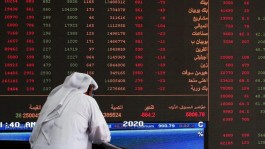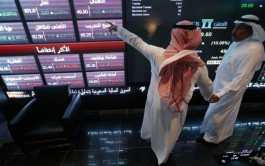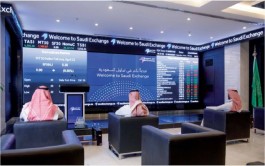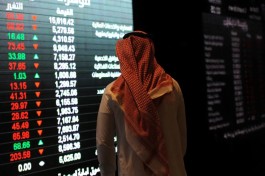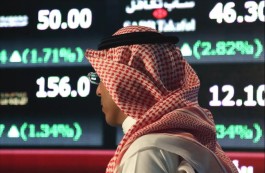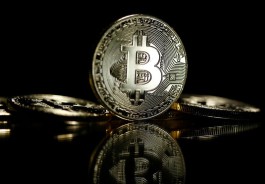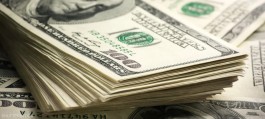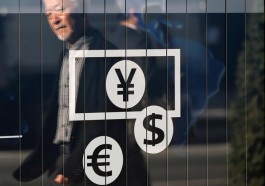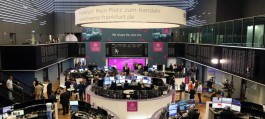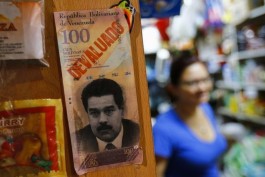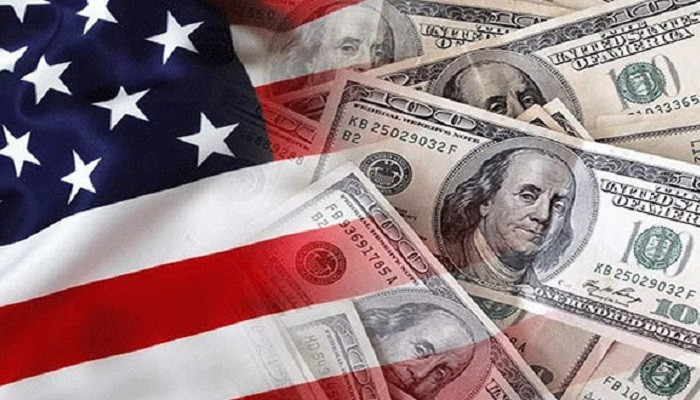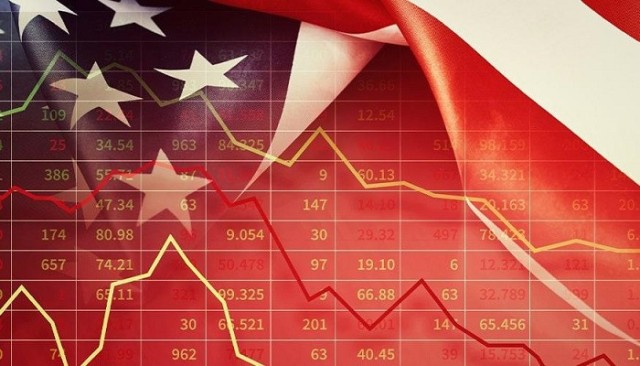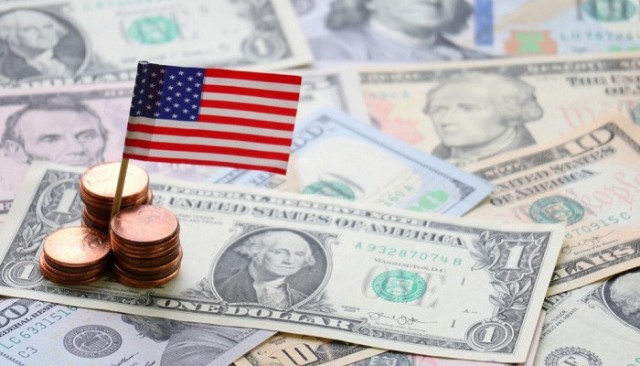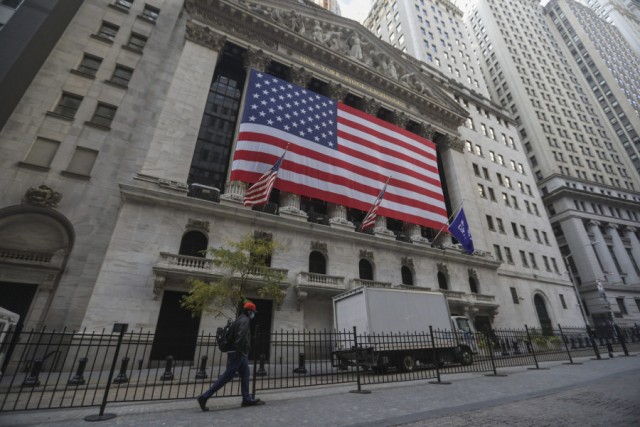The resilience of the US economy showed no signs of abating or slowing. Where the National Bank of Kuwait indicated in a report, today, Sunday, that despite the divergence of the data set that was issued recently, it still paints a picture of a strong economy that continues to grow in general. The final reading of the GDP for the third quarter of this year was revised and raised unexpectedly from 2.9% to 3.2%. This growth is attributed to improved exports and consumer spending at a good pace.
As for the labor market, US jobless claims were unchanged last week. As requests increased by only two thousand requests to reach 216 thousand requests, thus remaining close to their lowest levels recorded historically, which confirms the reluctance of companies to lay off employees in light of the lack of availability of supply in the labor market. The labor market is still tight despite noting some signs of slowdown. This is in addition to the continuous imbalance in the labor market between supply and demand, which puts pressure on wages and pushes them to rise.
There are some indications that the Federal Reserve's interest rate hike is starting to bear fruit by slowing the pace of economic growth, as residential real estate sales in the United States contracted by 7.7% in November, marking the tenth consecutive month of decline due to higher mortgage rates. In reducing buyers' affordability.
In another indicator, the core personal consumption expenditures price index, the Fed's preferred measure of inflation, rose at a more modest pace in November by 0.2% m/m and 4.7% m/y in line with expectations. The pace of growth also slowed compared to last month's rise of 0.3% and the annual rate of 5%.
However, with inflation rates declining and gasoline prices dropping to their lowest levels recorded since mid-2021, Americans' sentiment towards the economy has improved. Consumer confidence rose in December to its highest level since April after recording consecutive monthly declines. The Conference Board's Consumer Confidence Index rose to 108.3 points, up sharply from 101.4 points in November.
The current situation index, based on consumers' assessment of current business and labor market conditions, rose to 147.2 points, compared to 138.3 points last month. The expectations index, which is based on consumers' short-term expectations for income, business and labor market conditions, rose to 82.4 points from 76.7 points. But the index is still hovering around 80, which is a level associated with recession.
With the data indicating that price pressures may have peaked and markets expecting the Fed to halt its rate hikes, the hawkish voices grew louder. The Federal Reserve stated that with inflation still rising year-on-year, exceeding 7%, it is too early to abandon policies to raise interest rates.
Central bank officials have vowed to continue raising interest rates until they are sure of lower inflation. It seems that the economic expectations of the Federal Reserve include the assumption that inflation will rise again by the end of this year, and officials expect that the core inflation rate will end 2022 at 4.8%, compared to 4.5% expected in September.
On the other hand, the US dollar regained its balance after the surprise monetary policy meeting of the Bank of Japan this week. The Federal Reserve's tightening monetary policies and strong economic support kept the dollar stable at 104.325, while keeping the gains of its major peers limited.









